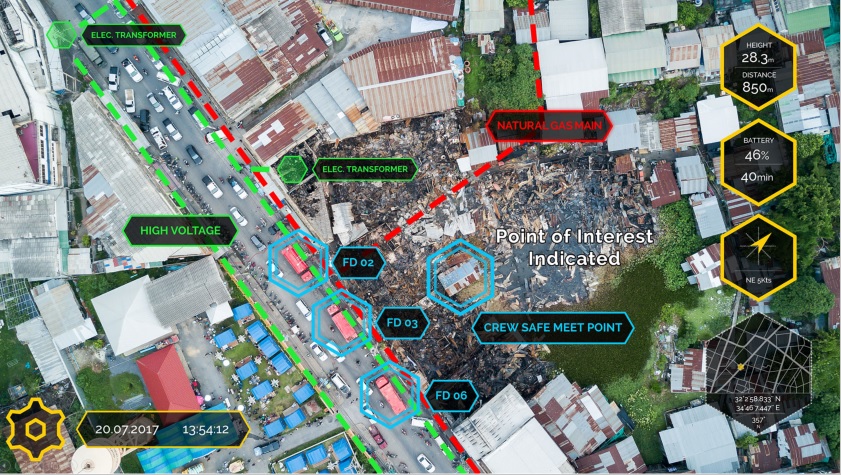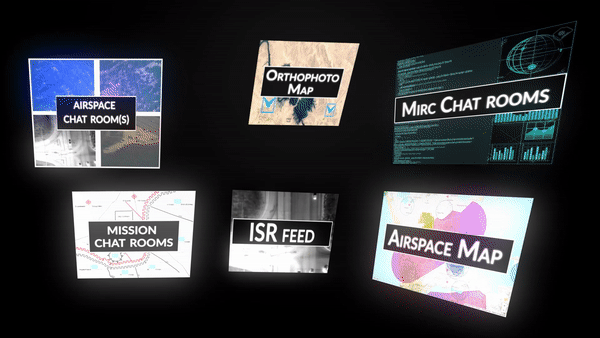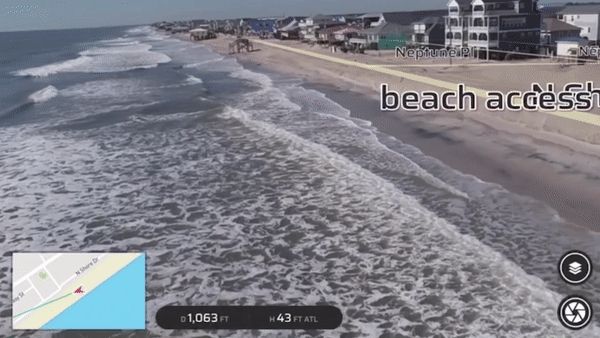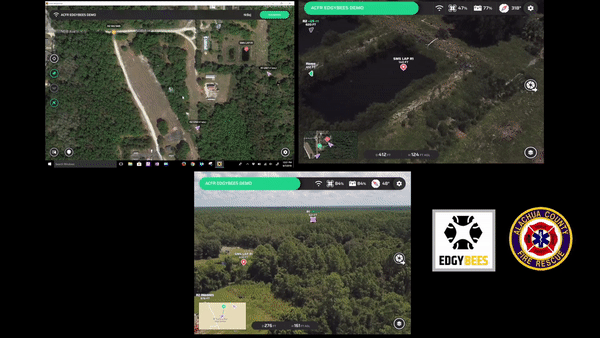First responders will be able to use drones equipped with augmented reality technology to better deal with emergency situations.
Drones have been getting a really bad rep as of late, especially in the United Kingdom where rogue operators managed to shut down operations at both Gatwick and Heathrow airports, effectively ruining Christmas for thousands of travelers and prompting widespread clamour for greater regulation against the easily obtainable devices.
Yet, like all technology, it’s not the hardware that’s the problem, but what you do while operating it; depending on the operator, any piece of technology can be a force for evil. Unfortunately, constant stories highlighting the the fear and annoyance quadcopters can cause while in the wrong hands have stolen the spotlight from all the life-saving applications that companies like Edgybees are working on.

Image Credit: Edgybees
Originally founded as AR video game enhancement software, Edgybees has since pivoted to a specialization in rescue drone technology that collects geospatial data and overlays information onto video feeds to bring emergency responders accurate information in real-time.
The San Diego-based start-up partnered with HCL Technologies to host a series of live demonstrations to world leaders at the recent World Economic Forum 2019 in Davos, Switzerland. There, the team showcased their intelligent video drone software application in search and rescue operations during flood emergencies. The presentations were part of the HCL 2030 Ecosystem Platform, which explored how humanity’s relationship with technology will evolve through the next decade of rapid innovation.

Image Credit: Edgybees
“This is a significant stride in introducing the profound impact that augmented reality has in shaping the outcome of public safety operations around the world,” says Adam Kaplan, CEO of Edgybees. “Overlaying data such as street names, individual locations, and key points of interest on real-time video footage, the solution provides context to emergency responders in critical situations. The unmatched perspective of a drone combined with the added overlay provides first responders improved situational awareness and open communication — vital components that can determine a successful first response scenario or search and rescue operation.”
The technology was developed in-house by Edgybees (which since being founded in 2017 has raised over $6.4M in funding) via HCL’s ETO Open Innovation Program in partnership with Consulate General of Israel to South India. Its First Response command and control system for professional drone users in emergency response organizations is already operational in over 70 organizations throughout the US, Australia, Europe, and Israel.

Image Credit: Edgybees
Kalyan Kumar, Corporate Vice President and Chief Technology Officer, HCL Technologies explains that with his company’s predictive technology, the drones will be able to send real-time updates on the number of deployments possible in a single battery charge, as well as inform on external factors while the drone is in flight:
“Extending the enterprise-proven AIOPS platform into Drones Management is a powerful means to augment the automation of the entire stack. In the case of drones, AIOPS allows a level of predictive analytics and other functional data that substantially enhances the drone’s capabilities.”

Image Credit: Edgybees
It’s easy to see how, once refined, this type of functionality will be a game-changer in all manner of disaster-relief situations, from earthquakes to tsunamis – in short, any type of time-critical situation where access is either difficult, overly risky, or impossible. Equipping first-responders with critical information in real-time could enable rescuers to save precious minutes, hours, or even days in reaching victims, for example, and to do so without compromising their own safety. So let’s not rush to outlaw drones just yet, but instead focus on keeping them in the competent hands of the good guys.
The post AR Drone Technology That Can Help Save Lives appeared first on VRScout.
from VRScout http://bit.ly/2TkPWSC
via IFTTT
No comments:
Post a Comment